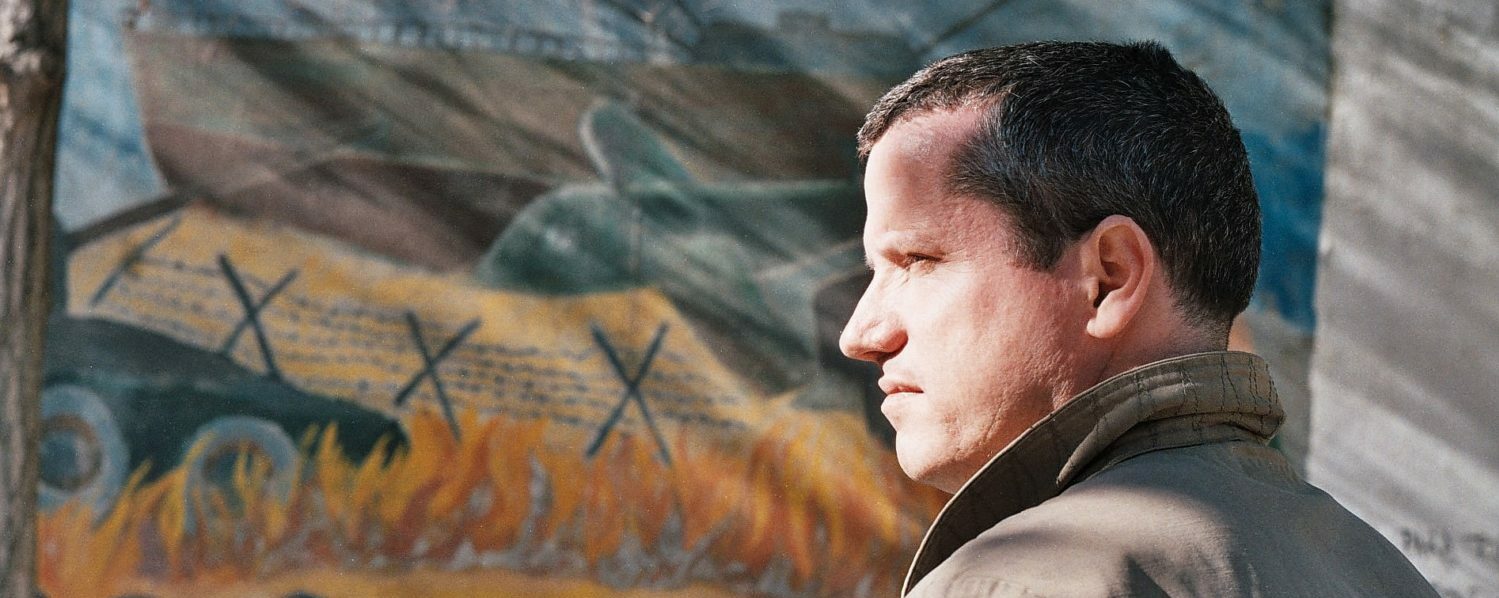Annie Appel will soon publish a wonderful compendium of photographs of the Occupy movement. She kindly invited me to offer an introduction. This is what I wrote:
Begins
The aesthetics of Occupy have always been problematic. The common “mainstream media” depiction of the movement has been of youth, dishevelment and indeed raggedness – a modern if repetitious iteration of the lumpen proletariat. This predominant image has been propagated, of course, for a reason, though perhaps it is not as pernicious as some might suggest. “Protest” has an aesthetic, and Occupy was quickly pigeon-holed merely as this.
As such, it was easy to dismiss Occupy. The dominant aesthetic encouraged this dismissal. The imagery was of the marginalized, thus the movement was marginal. Some would see here a deliberate strategy to use depiction in order to marginalize. And perhaps there was some element of this too. A picture editor in a newspaper or news website is but a functionary of a system that we all know to be unjust and dominated by overweening corporate interests. Indeed, the media industry in particular suffers these traits, for all the claims (“protests” perhaps?) of editorial and indeed aesthetic independence from those who actually staff this industry. The picture editor is rushed, seeking a glib and clichéd image, as a sub-editor must do also with text.
The result has been abundantly clear. A dominant aesthetic has been produced and perpetuated, and once perpetuated by some it must be perpetuated by others. “The media”, like many discourses, is of course a herd activity. Now, if groping for an image of “Occupy” it is the dominant archetype that will be chosen, of the ragged, ideally throwing themselves against the shields and pepper sprays of the enforcers of order. The goal has been achieved, a prejudice reconfirmed.
Against this dismal uniform backdrop, Annie Appel’s photographs come as a wonderful, breath-of-fresh-air corrective. Here are the true faces of Occupy in all their diversity and peculiarity. For Occupy is, of course, a movement of the many, and not of the few. It is a movement that defies homogeneous depiction just as it has defied the easy categorization as merely a protest movement. It is much, much more than that. And what it is can barely be described. It can however, as Annie Appel’s photographs vividly demonstrate, be shown.
Occupy began as a collective roar of dissent against a system that has produced deep and pervasive economic injustice. Triggered by the slow realization of the incredible and egregious truth of the financial crisis (was it really that bad? Did they really just get away with that?), it was above all spontaneous, not organized (but not disorganized), leaderless. It was, and is, a movement that belongs to no one, but to everyone. Anyone could join Occupy. And that anyone was remarkable. They came from everywhere, and anywhere. They were of all races, and all classes (except, perhaps, the plutocratic). No one who attended an early Occupy meeting will forget this unique convergence of Americans (and occasionally foreigners, like me) from all corners. It is an extraordinary movement, and it needs to be seen in all its heterogeneous variety, and glory. These photographs meet that demanding standard.
Occupy is a movement of many ideas. It must be in order to confront the many manifestations of the contemporary economic order. There is no one solution to this systematic crisis. It must be attacked from all sides, and in different ways. We don’t now know what will work, what will find traction and what may fail. It is a unique if familiar beast that we face. Old methods – Marxism, protest, petition – have been shown wanting. Something else is needed. These techniques must satisfy the values so manifest in the Occupy movement: transparency, democracy, equality. These criteria we know, and will apply.
Occupy is one vital fount of the creativity necessary to find the successful strategies. For some Occupy has been a temporary experience. But even for those it has been inspirational. Occupy has inspired many beyond the movement’s own members. At last, someone was standing up against it, that prevailing and ossified system of injustice. At last. For others, Occupy has become a more permanent form of organization. There are Occupy groups across the country that are pursuing different ideas: community banks, cooperatives, to name but two, to address injustice at its ugly core. In these guises, as well as an animating idea, Occupy will live on and one day it will prevail as the contradictions of the current system conspire to effect its end, as they must.
Annie Appel has recorded a vital and rich moment in political and cultural history. Here are the many faces of Occupy.
Ends
